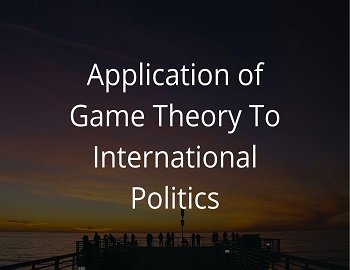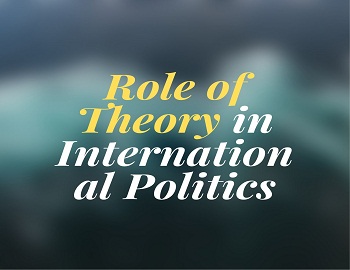Decision-Making Approach Snyder’s Model:
Richard C. Snyder and his colleagues studied this approach in the field of international politics. Richard Snyder and his colleagues presented it in the book “American Foreign Policy Formulation: Principles and Programmes” published in 1954 and in another book “Decision-making as an Approach to the study of International Politics”, published in 1953. The initial draft expounding the approach was circulated by Snyder to his colleagues at Princeton University in June 1954. Snyder defines decision-making as a process that results in the selection from a socially defined, limited number of problematical, alternative projects (that is, course of action) of one project to bring about the particular state of affairs envisaged by the decision-makers. Snyder made a distinction between the “Static analysis” which was used by structural-functionalists to the study of politics and the “dynamic analysis” which was possible only through the decision-making approach. Snyder says that the decision-making approach based as it was on “process analysis” was capable of dealing with “dynamic situations”.
Snyder begins his analysis with the simple notion that (a) all political action is undertaken by concrete human beings, and (b) that, if we want to comprehend the dynamics of this action, we should be prepared to view the world not from our point of view but from the perspective of persons responsible for taking decisions. To quote S. P. Verma “Decision-making lies at the heart of all political actions and, therefore, it alone provides that common focus under which we can bring together the political actors, situations, and processes for the purposes of analysis. It is, therefore, important to know in order to understand a political action correctly (a) who made the key decisions that give rise to a particular action and (b) to assess the intellectual and inter-active processes by following which the decision-makers reached their decision”.
Snyder divides the factors that operate on the decision-maker into three, (a) the internal setting, (b) the external and (c) the decision-making process. The “internal setting” is the society for which the officials make decisions. It includes besides public opinion, major common organisations, major characteristics of social organisations, group structures and functions, major institutional patterns, basic social processes, the value pattern of society and social differentiation and specialisations. The “external setting” consists of the actions and reactions of other states and the societies for which decision-makers act and the physical world. Then there are “decision-making processes” which consist of three main sub-categories (a) spheres of competence, (b) communication and information and (c) motivation. They include roles, norms within the government in general and the particular unit which makes the decision. Thus, Snyder’s model includes all three processes- social, political and psychological. S. P. Verma says that the decision-making framework embraces a complex and interdependent set of social, political and psychological processes for the study of which Snyder in the tradition of behavioural political scientists advocated the use of a large number of concepts developed in sociology, social psychology and psychology through which alone the perceptions, motives, experiences and interactions of the decision-makers could be analysed. Snyder says that any model of decision-making must include some measure of the efficiency of action for a goal, measure of the value or importance for the goal and a measure of the adequacy or effectiveness of the selection procedure”.









Comments (No)